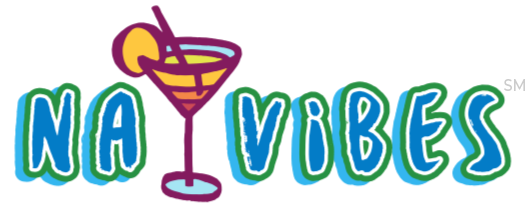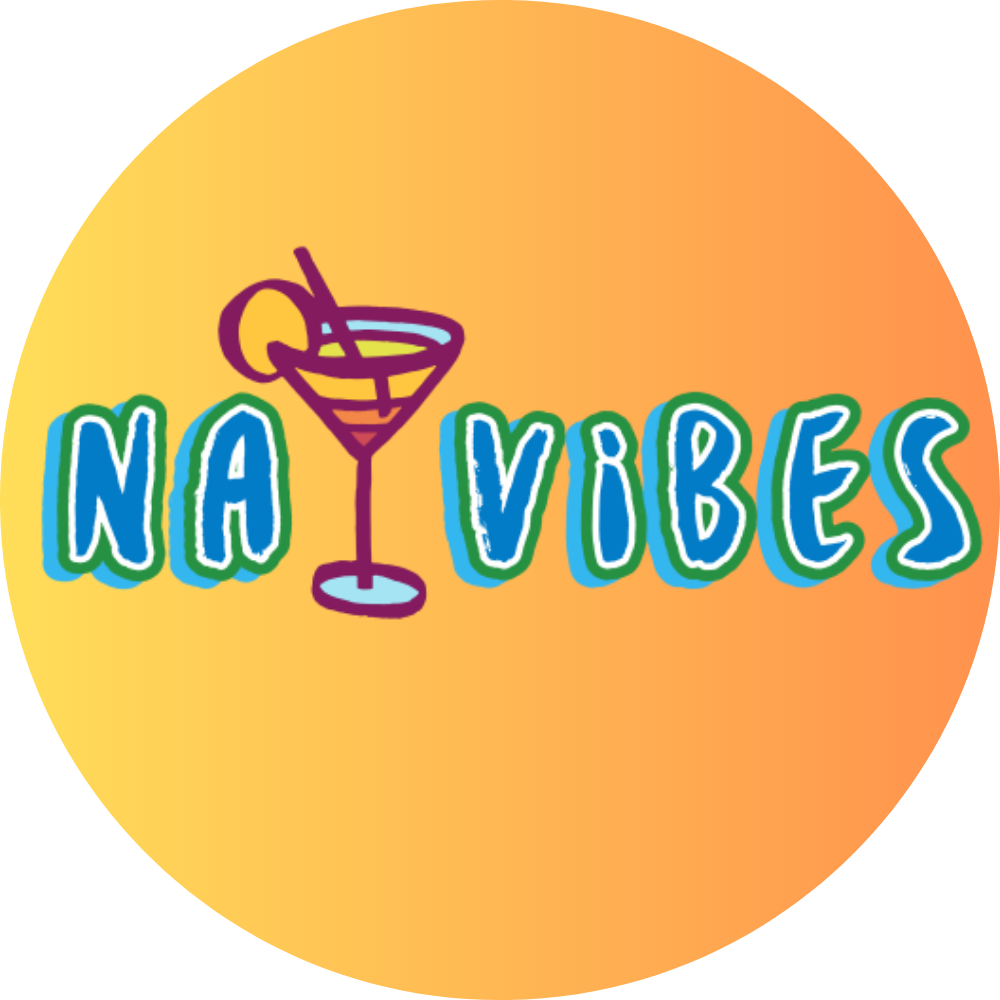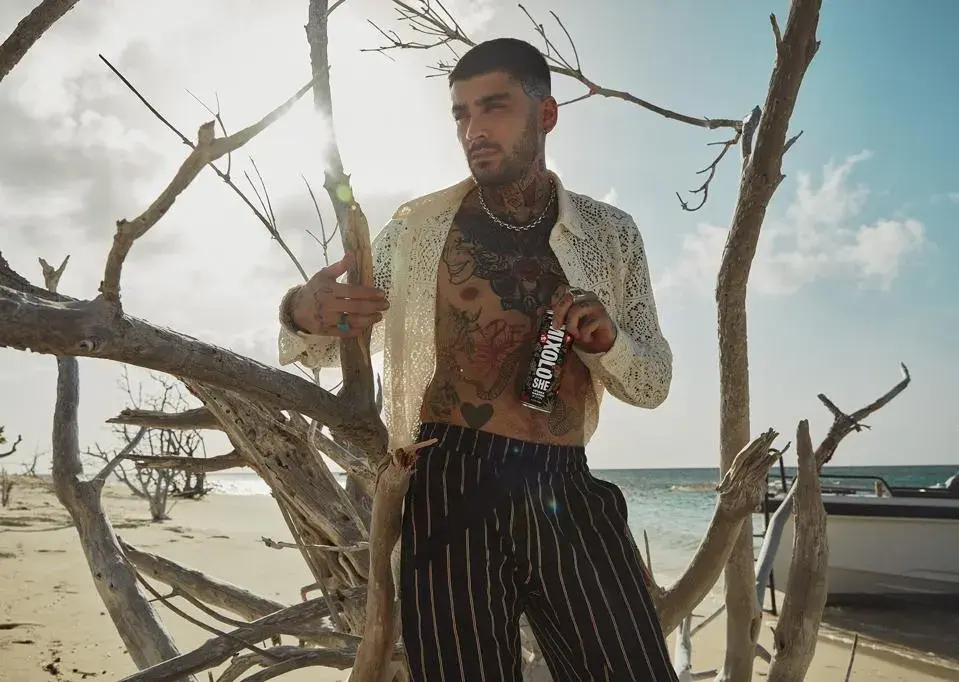Euphoric Non-Alcoholic Drinks May Change Nightlife
- Joel Stoner

- Nov 17, 2022
- 3 min read
Euphoric drinks are rising in popularity, but do they work?
NOVEMBER 16, 2022 MALLORY ARNOLD for Clean Eating Magazine
There’s a growing thirst for non-alcoholic beverages to prioritize health and wellness.

Americans are statistically drinking less alcohol. The average number of drinks a person consumed in a week in 2009 was 4.8, and in 2021, the number was 3.6. 60 percent of Americans say they drink, down from 64 percent in 2019. Unsurprisingly, non-alcoholic beverage sales increased 33 percent over the last year according to Neilson.
But why?
One hypothesis is that COVID-19 transformed how Americans see health and wellness. The Pew Research Center surveyed 10,282 U.S. adults and found that 26 percent said staying healthy became more important to them during and after the coronavirus outbreak. Digital health company Rally Health, Inc. conducted a similar study and reports 43 percent of surveyed participants said COVID-19 caused them to focus more on their health than ever before. In the same report, 24 percent are now focusing more on nutrition.
What Are Euphoric Drinks?
Euphorics are new wave of wellness drinks that differentiates from other vitamin-based beverages because they promise mood-boosting and calming effects.
Founder and author of The Earth Diet Liana Werner-Gray likes to think of them as a ‘euphoric sober experience’ or simply euphorics. These drinks include adaptogens, or herbs and mushrooms thought to help your body respond to stress, fatigue, and anxiety and improve overall well being.
Bonbuz, for example, is a euphoric created by Fay Behbehani with the mission to provide a modern alternative to alcohol. The original Bonbuz alcohol-free spirit contains ingredients like L-Tyrosine, Rhodiola Rosea Root Powder, and 5-HTP – ingredients not commonly recognized by the average consumer.
“Yes, to the average person, these ingredients may seem foreign but will eventually become more recognizable once they are the new normal,” Werner-Gray says. “It’s fun to learn about each of these and understand the benefits they have on the human mind and body.”
For example, 5-HTP is an amino acid found in pumpkin seeds, turkey, collard greens, and potatoes. Werner-Gray says this compound is so popular these days in mood-altering drinks and supplements because it helps raise serotonin levels in the brain. This differs from another prominent ingredient in Bonbuz, Rhodiola, which is a flowering plant adaptogen known to help with energy and endurance.
“It gives the brain a boost and leaves people feeling empowered and positive,” Werner-Gray says.
Another euphoric on the market is Three Spirits Social Elixir, which claims its drinks can make you feel ‘flirty’.
This is attributed to the use of a wild shrub called Damiana. A study on a supplement containing Damiana, among Ginseng, Ginkgo, and L-arginine concluded that 73 percent of its participants experienced an increase in sexual desire.
“Research shows us that certain foods can be effective mood-modifying because they alter our neurotransmitters which are essentially brain chemicals,” Werner-Gray says. “Damiana for example is high in flavonoid compounds which gives the reputation as an aphrodisiac because it increases sensitivity and circulation to female organs.”
Research-based evidence varies from ingredient to ingredient, with reactions from consumers ranging from pleased to unimpressed.
What to Look for and Avoid in Mood-Altering Drinks
There’s a wide range of different euphorics to choose from – and varying levels of trustworthiness. When selecting your adaptogen-based drink, Werner-Gray recommends looking for natural ingredients that have been studied or have a history of being used in herbal remedies. She calls out a few of her favorite things to see on the back of nutrition labels: reishi, damiana, kava, ginseng, shishandra, and chamomile.
“Steer clear from additives and any added ingredients that you simply don’t know what they are,” Werner-Gray says. “If it comes from nature, great. If it comes from a lab, avoid it at all costs.”
She says there’s no need for these drinks to contain neurotoxic or carcinogenic ingredients.
Read the full article at Clean Eating Magazine: https://www.cleaneatingmag.com/meal-plans/energy-boosting-meal-plans/euphoric-non-alcoholic-drinks-may-change-nightlife/?utm_campaign=discover_rss&utm_source=yahoo&utm_medium=CLEAN_EATING
Our advocacy for NA awareness is partially funded by purchases from our site. As an Amazon Associate, we may earn a small commission at no cost to you.









Comments